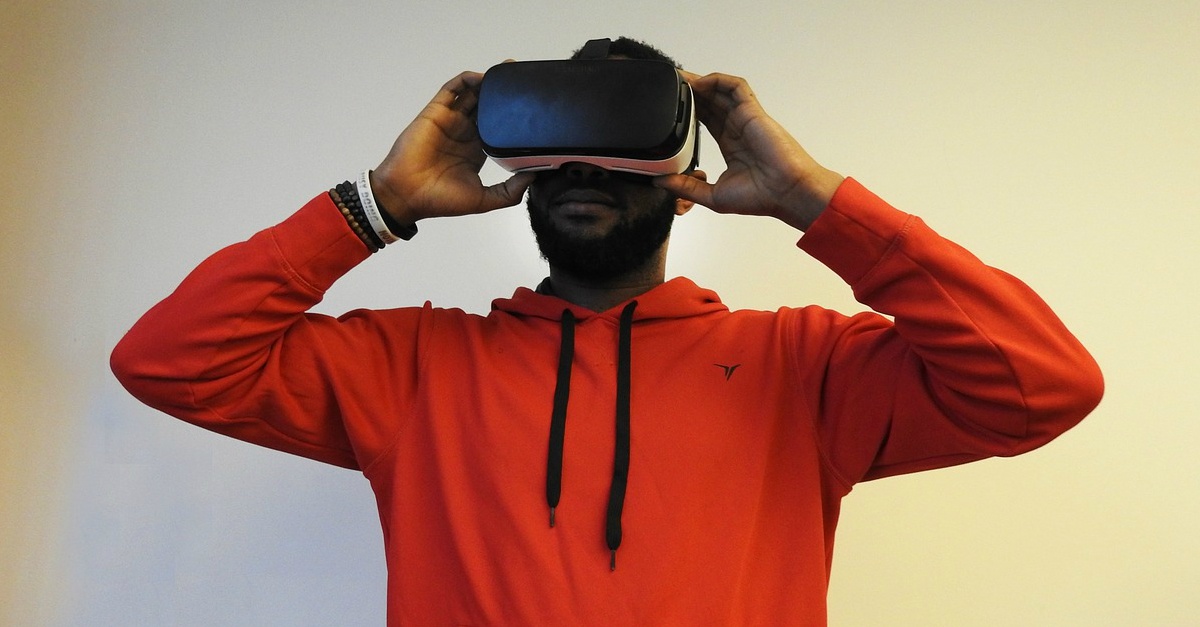 As the terms 'augmented reality' and 'virtual reality' are bandied about in offices with increasing regularity, it's important to take a moment to learn the differences between the two emerging technologies and how each can play a role in the future of your business. While both technologies enhance and modify reality, there are a few key differences that will help you decide which technology you need to pursue first. The time to act on AR and VR is now. Make sure that you're well-informed on what's what when it comes to these technologies.
As the terms 'augmented reality' and 'virtual reality' are bandied about in offices with increasing regularity, it's important to take a moment to learn the differences between the two emerging technologies and how each can play a role in the future of your business. While both technologies enhance and modify reality, there are a few key differences that will help you decide which technology you need to pursue first. The time to act on AR and VR is now. Make sure that you're well-informed on what's what when it comes to these technologies.
Augmented Reality vs. Virtual Reality
What are the key differences between AR and VR? Below, we take a look at distinct differences in immersion, hardware options, and adoption in business.
1. Immersion
The most notable difference between the two technologies is the degree to which the user is immersed. In augmented reality, users are looking at the real, physical world. AR allows for digital figures and information to appear in the real world environment through a headset, glasses, smartphone, or tablet. With AR, users aren't cut off from the sights, sounds, and activities of the real world. AR simply augments what's already there.
In contrast, virtual reality is fully immersive. On the plus side, that immersion commands a user's complete attention. However, VR does require safety considerations that AR doesn't. For example, VR needs to be used in a space where users can't fall or run into something dangerous while fully immersed in an experience. VR demands attention from users in a way that AR doesn't. Without diving into use cases here, it's important to think through what level of immersion will best serve your needs.
2. Hardware
The level of immersion needed for AR and VR informs the type of hardware that can be used to deploy these experiences. For augmented reality, the hardware options are fairly wide open and versatile. You can use tablets (like an iPad), smartphones, various kinds of wearables, and headsets to get the job done. With virtual reality, it can be trickier. To deploy a VR experience fully, you'll want to have a headset. Understandably, that can be more costly than creating an experience that you can use on devices you already own.
Virtual reality headsets can range from the expensive and complex, to the affordable and simple -- branded cardboard viewers are a good option for businesses working within a budget. Because VR viewers are unfamiliar, and therefore daunting, many businesses will find AR hardware easier to navigate.
3. Adoption
Just as the level of immersion informed hardware options, hardware options inform adoption in many cases. More businesses are equipped to put augmented reality to use today than virtual reality. However, both options often require a partner to both build and help deploy the experience. While AR can be deployed more easily for most businesses, both technologies are now gaining traction.
When you think through adoption in your own business, you'll need to think about immersion needs and hardware needs first. As you answer those questions, the adoption piece will come into picture.
As you consider the augmented reality vs. virtual reality question, reach out to a trusted partner and explore where and how these technologies can be used to help grow your business.




